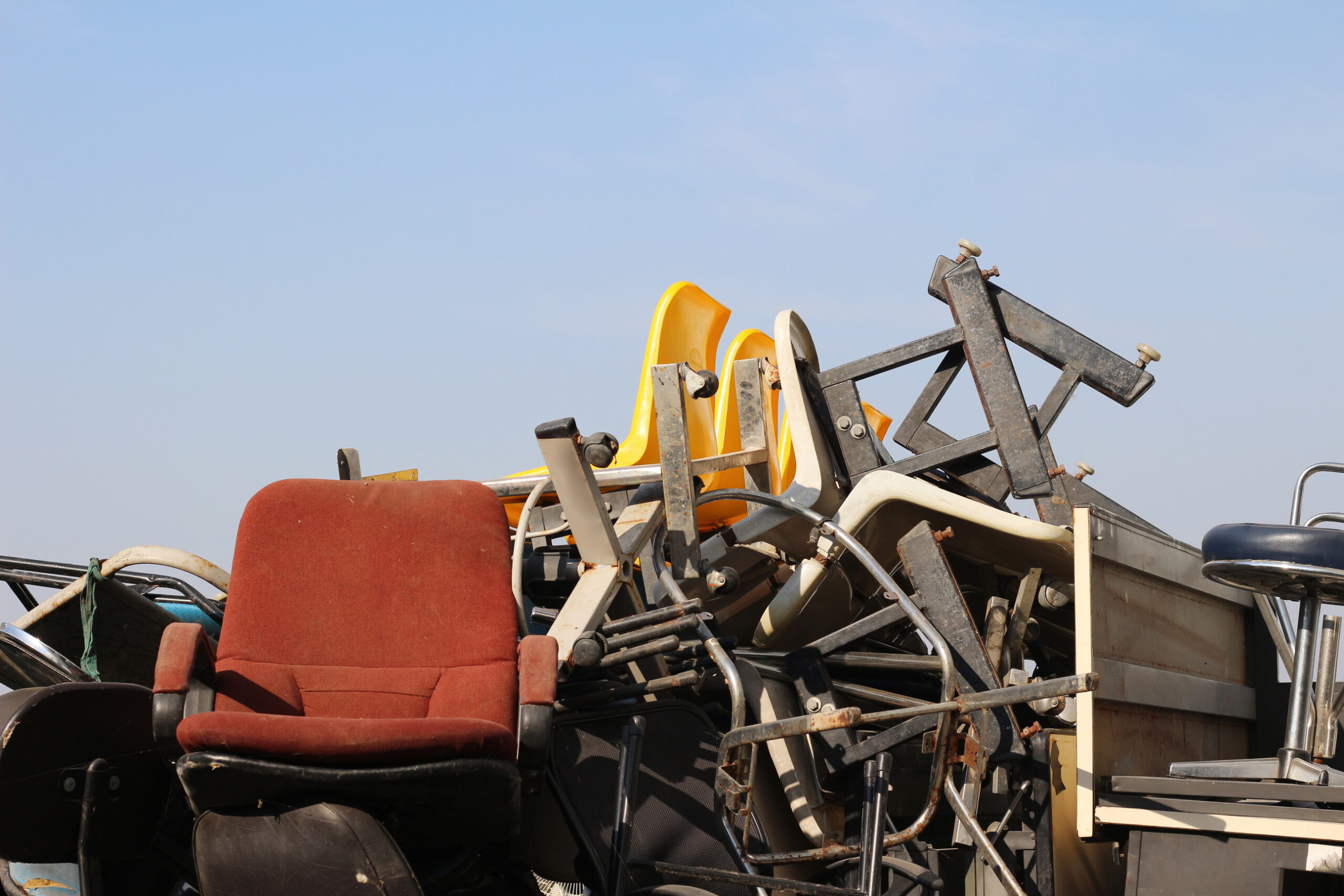One can hardly research recycling without finding a plethora of online articles discussing just how much plastic ends up in landfills. A good many of those articles place a heavy emphasis on single-use plastics, and for good reason. Yet every time I ponder single-use plastics I am reminded of how often we throw things away instead of choosing another option.
Where single-use plastics are concerned, your two main choices are reuse and repurpose. But think above and beyond plastics. Think about all the other things that people throw away. How often do we throw away instead of fixing a broken item?
At this very moment, I have a remote control exterior power outlet that controls my Christmas light display. The remote control feature stopped working a few nights ago. I am not going to throw it away. I’m going to take it apart after the holidays and attempt to fix it. If I cannot restore the remote control, I will still use it manually.
Table of Contents
Consumer Plastics Break
What most of us understand as the plastics problem focuses mainly on single-use plastic items like water bottles and coffee cups. Yet all sorts of consumer plastics end up in the trash. We throw plastic items away because they break.
For example, imagine you had a pair of plastic headphones that snapped in half when you accidentally sat on them. The first inclination for most of us would be to immediately order a new pair online. As soon as checkout was complete, the broken pair would take that journey to the trash can. But why?
There are any number of ways to fix broken headphones. They are still fully functional; they just need a little help where the frame is concerned. But most of us will not provide that help because it is easier to throw the broken pair away and replace it.
We Love Cheap Consumer Goods
Perhaps one of the reasons we are so quick to throw things away is the fact that consumer goods are so cheap. Going one step further, we have access to such cheap goods because plastic itself is so cheap to manufacture.
Seraphim Plastics, a Tennessee company that specializes in industrial plastic recycling, says that manufacturers use a combination of virgin plastic and regrind (recycled industrial plastic) to make their products. Both materials are relatively cheap. They are also easy to work with.
Simply put, plastic is one of the most cost-effective manufacturing materials in the world. It is largely responsible for giving us access to millions of cheap consumer goods ranging from headphones to fountain pens.
Plastic Wasn’t Always Cheap
The thing about plastic is that it hasn’t always been cheap. Back when it was an expensive manufacturing material, consumer goods cost more. In some cases, goods cost so much that people were unwilling to throw them away when they broke. Instead, people fixed things.
My parents were fixers. They taught me to be a fixer. Today, I will still try to fix something before tossing and replacing it. My kids call me cheap; I tend to think of myself as thrifty. Every item I fix represents one less item I am sending to the landfill.
I still remember a time when most people knew how to fix things. Those days are long gone, and I personally think that this is a shame. There is a certain amount of pride that comes with fixing broken things. Becoming a fixer saves you money. There are not a whole lot of downsides to it. It is too bad more people would rather throw things away.

